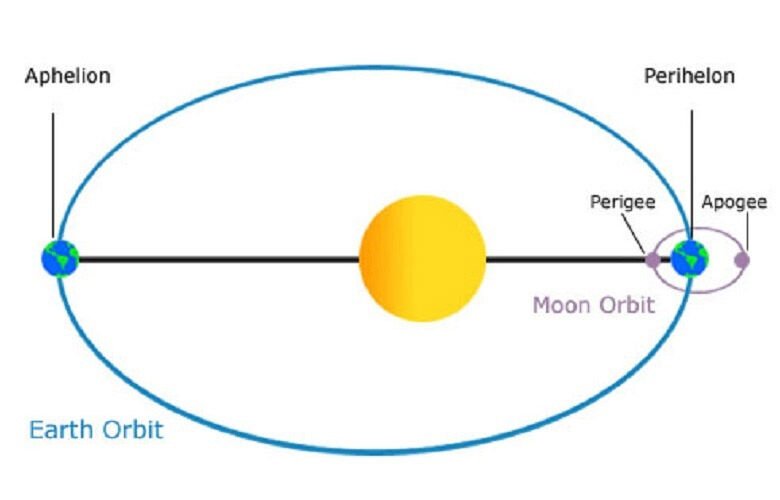Earth closest to the sun today: Does it have any impact on weather? [View all]
Earth closest to the sun today: Does it have any impact on weather?
Chad Merrill
January 4, 2023, 10:08 AM
The D.C. area has sprung into spring early this week with record warmth to kick off 2023. The “heat” spell just happens to be coincidental with Perihelion Day this year!
Simply put, there is a day each year where the Earth’s elliptical orbit makes its closest approach to the sun (known as perihelion) and a day when Earth is farthest from the sun (known as aphelion).
Wednesday is Perihelion Day, and the Earth is closest it will be to the sun all year! What does this mean? Even though we won’t see much sunshine — thanks to an approaching storm system — in reality, the sun will appear about 3% larger in the sky than any other day this year.
 The perihelion is the point in the Earth’s orbit when it is closest to the sun. (Courtesy NASA)
The perihelion is the point in the Earth’s orbit when it is closest to the sun. (Courtesy NASA)
Perihelion always happens within the first week of January while the opposite, aphelion, occurs in late June to early July. Our temperatures are colder in January than July because our patch of real estate (the Northern Hemisphere) is tilted away from the sun in the winter. ... If you are keeping score, the Earth is 91.4 million miles from the sun during Perihelion and 94.4 million miles from the sun during aphelion.
{snip}
Chad Merrill
Chad Merrill is a meteorologist and digital weather content producer for WTOP. Prior to joining WTOP, Chad was a meteorologist in the private industry and television. He loves to share his passion with listeners and readers and is eager to hear from anyone who has any weather questions!
